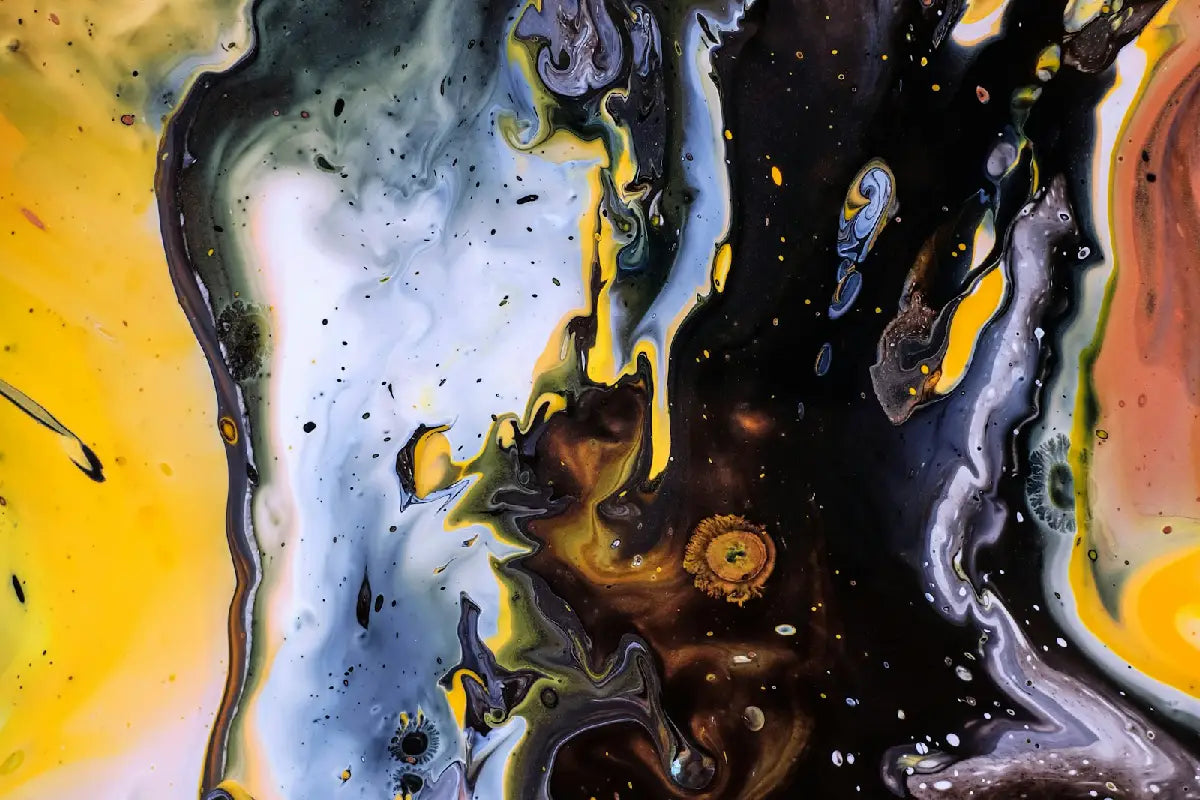
Head of Invention
Eduardo Paolozzi
« Head of Invention », created by Eduardo Paolozzi in 1989, is a striking sculpture that embodies the fusion of modern technology and human creativity. With its robust structure and imaginative design, the piece invites contemplation on the nature of innovation.
Cette œuvre est actuellement protégée par le droit d'auteur et n'est pas disponible à la vente. Elle est présentée uniquement à des fins éducatives et culturelles.
À propos de l'œuvre
Description
Eduardo Paolozzi's sculpture, « Head of Invention », stands as a profound commentary on the intersection of humanity and technological progress. The work possesses an imposing presence, characterized by its rigorously structured form, which merges abstract shapes with elements reminiscent of human features. Paolozzi’s innovative use of materials, likely metals or concrete, reflects modern industrial techniques and evokes the inextricable link between human ingenuity and the machines we create. The fragmented and geometric nature of the piece embodies a futuristic aesthetic, suggesting a mind grappling with the complexities and possibilities of invention. The choice of title enhances the thematic depth, prompting viewers to consider not only the physical manifestation of a ‘head’ associated with creativity but also the conceptual weight of invention itself. The juxtaposition of organic and mechanical elements prompts a dialogue about the evolution of human thought in the era of technology. This artwork represents an invitation to explore our collective relationship with innovation and its impact on identity.
Contexte
Caractéristiques
- Title: Head of Invention
- Artist: Eduardo Paolozzi
- Date: 1989
- Style: None specified
- Genre: Sculpture
- Dimensions: Not specified
- Copyright: Eduardo Paolozzi
Interprétation
À propos de l'artiste

Eduardo Paolozzi
Artiste Certifié
17
Œuvres
Followers
Vues
Eduardo Luigi Paolozzi est né le 7 mars 1924 à Leith, un quartier d'Édimbourg, en Écosse, dans une famille d'immigrants italiens. Il a déménagé à Londres peu après la Seconde Guerre mondiale, où il a poursuivi ses études à la Slade School of Fine Art, après avoir commencé sa formation artistique au Collège d'art d'Édimbourg et à la St Martin's School of Art. C'est pendant cette période qu'il s'intéresse au surréalisme et à l'art abstrait, mais il se distingue rapidement par son engagement dans des mouvements plus contemporains, notamment le...
Avis & Discussions
Discussion critique
Partagez votre interprétation de l'œuvre
Artistes liés

Donnez vie à vos projets artistiques
Découvrez nos solutions sur mesure et notre expertise en reproduction d art




